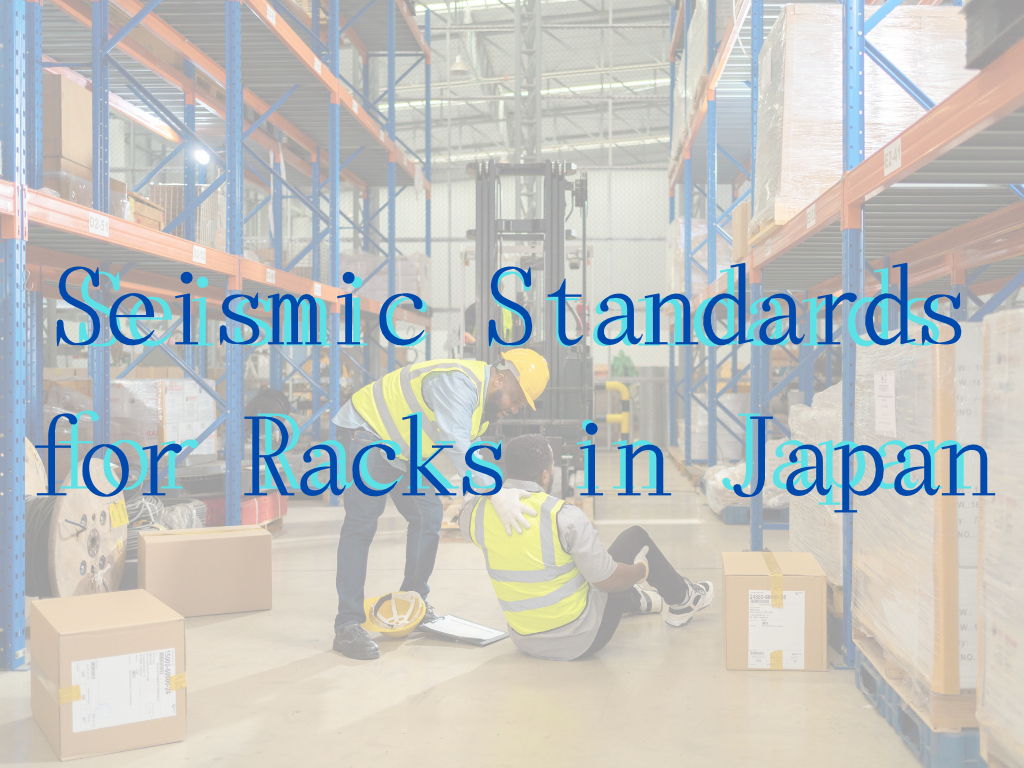
Selecting the right type of racking system is a key factor in successfully operating a warehouse in Japan.
One of the biggest challenges is how to maximize limited warehouse space while improving both storage efficiency and shipping capacity.
This article highlights the essential considerations when choosing storage racks—whether steel racks or pallet racks—to ensure safe and efficient warehouse operations.
ー目次ー
In warehouse planning, two priorities must be balanced:
When these are optimized together, the result is a warehouse that is both efficient and safe.
The required aisle width depends on the type of forklift and the rack system in use. Below are general guidelines:
For Steel Racks
For Pallet Racks


By carefully considering aisle widths, rack type, and forklift movement paths, you can significantly improve warehouse efficiency and safety.
When selecting steel racks or pallet racks, always evaluate:
✔️ Aisle width requirements
✔️ Forklift type and traffic flow
✔️ Balance between storage and operational efficiency
With the right design, you can maximize space, streamline logistics, and create a safer work environment.
関連ワード
今回も最後までお読みいただきありがとうございます。
このコラムを読んだ方は次の記事も合わせて読むと、さらに御社の倉庫や工場のレベルアップに繋がると思います。ぜひご覧ください!

保管ラック 特殊ラック 2025.10.01

保管ラック 特殊ラック 2025.10.01

2025.10.02
倉庫の設備のことなら
東京ロジカルにお任せください!
お電話 :  03-6658-4419
03-6658-4419